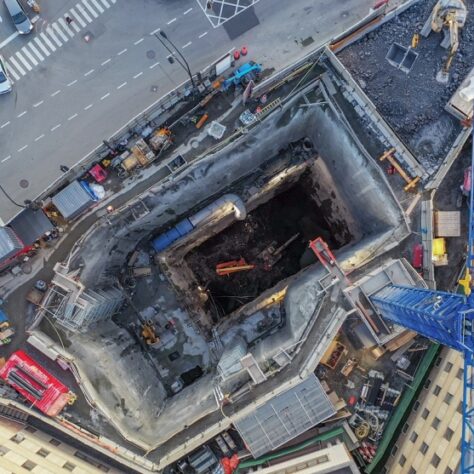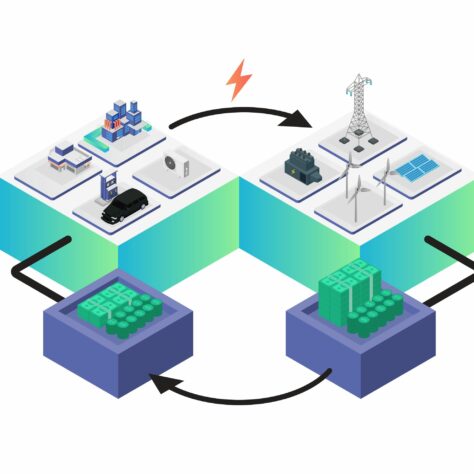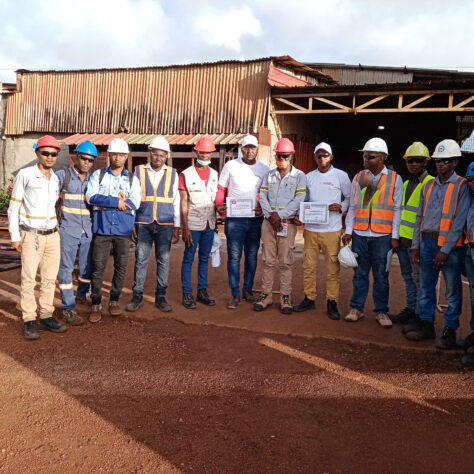Nos sites web pays
Nos autres sites web
Nos sites web pays
Nos autres sites web
Nos sites web pays
Nos autres sites web
Nos sites web pays
Nos autres sites web

Constructibilité
Constructibilité

Transition énergétique
Transition énergétique

3S - Santé, sécurité et sûreté
3S - Santé, sécurité et sûreté

Planification des transports
Planification des transports